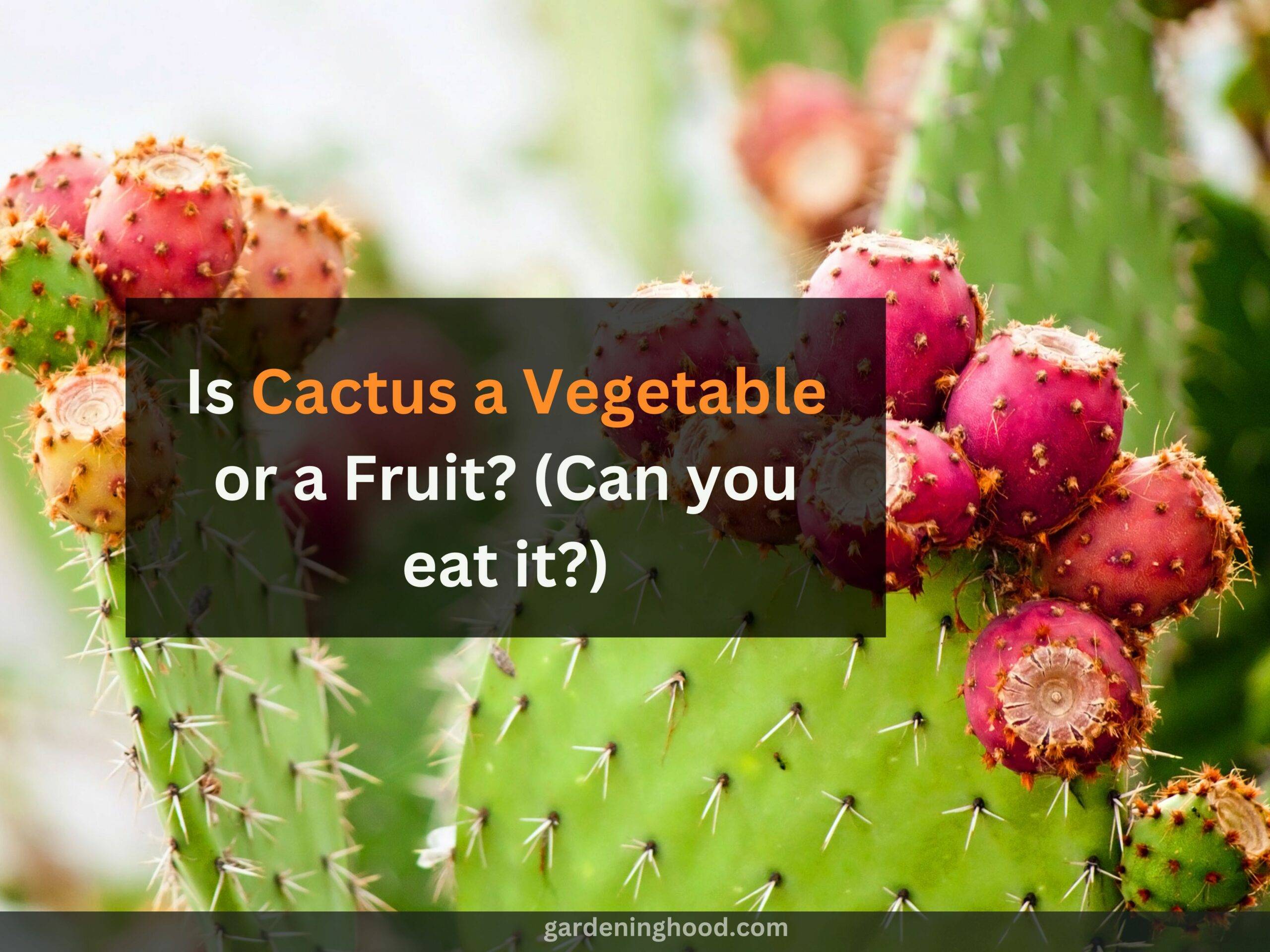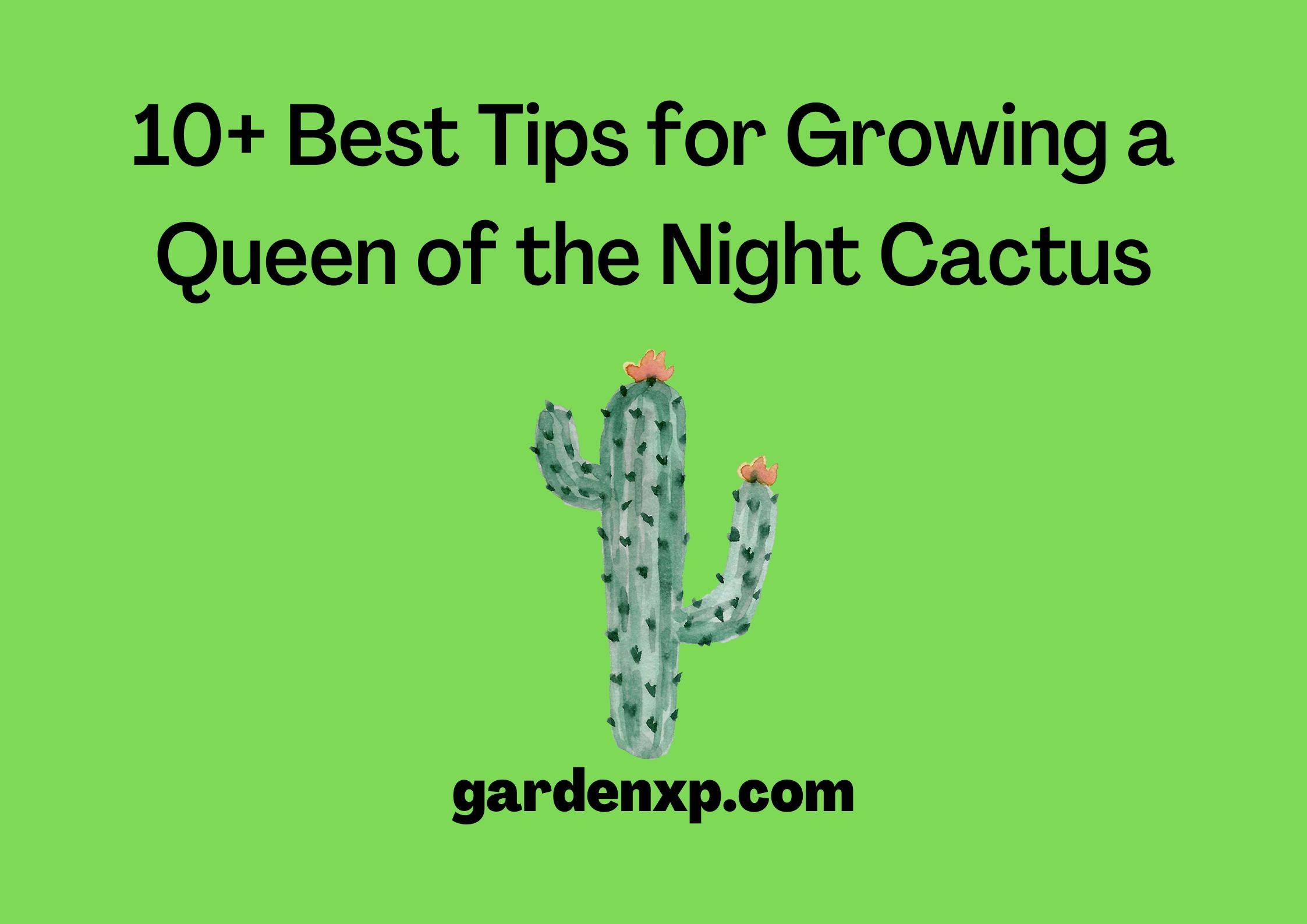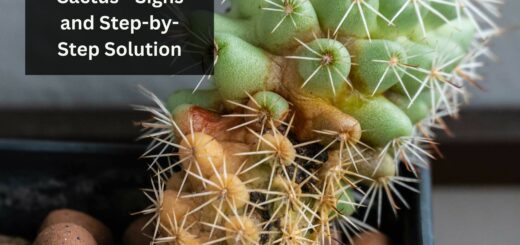How To Grow A Dancing Bones Cactus?
Wow, what a name, Dancing Bones cactus. Does it dance? This was my reaction when I got to know about it. To clear my confusion, I went through all the details and got my answer.
Don’t worry if you are not familiar with the Dancing Bones cactus and don’t know how to grow it. Here, you will get all your answers.
There are many other cacti that you can grow in your garden like Fishbone Cactus, Cereus peruvianus, etc., which I have grown in my garden, but here I am going to share some facts and tips about dancing bones cactus. So let’s start to learn how to grow them in detail and add them to your houseplant collection.
Quick takeaways:
- The right way of placing the dancing bone cactus is in indirect light.
- You need to water the soil to grow it properly.
- Dancing bones cactus are also known as a drunkard’s dream, bottle cactus, or spice cactus.
What is a Dancing Bones Cactus?
Bones that dance Hatiora salicornioides is a shrubby cactus with slender, segmented stalks. In the spring, dancing bones, also known as drunkard’s dream, bottle cactus, or spice cactus, develop vivid yellow-orange blooms on the bottle-shaped stem tips. Do you want to grow dancing bones? If yes, then in this article you will come to know that. Dancing bones should be placed in indirect light, away from direct afternoon sunshine. During the growing season, water your plants regularly. After watering, make sure the pot is completely dry and that the potting mix is never wet.
During the growing season, fertilize your dancing bones cactus plant every other week using a balanced, water-soluble fertilizer diluted to half strength. During the winter, the Dancing Bones Cactus falls dormant. During this time, water the soil as needed to keep it from drying out completely. Make sure not to overwater the cactus. Withhold fertilizer until spring, then resume regular maintenance.

How do you grow a Dancing Bones Cactus?
With its long, thick stems, the Dancing Bones Cactus (Rhipsalis salicornioides) is an excellent houseplant or greenhouse specimen. If you’re buying a new dancing bones cactus or already have one, the adage “if you can’t grow cactus, you can’t grow anything” is practically accurate. With a little care, this cactus species, sometimes known as a drunkard’s dream, is sure to please.
- Place the dancing bones cactus in a pot large enough for the roots to almost touch the pot’s sides. Replant a new plant that has been pot-confined. When the roots of older specimens get crowded, report them. Use a larger pot and high-quality cactus soil.
- Put the dancing bone cactus in a bright to medium-light indoor location that does not become lower than 55 degrees Fahrenheit. Set the cactus in a light-shaded area outside. When the temperature drops below 55 degrees at night, bring the dancing bones indoors.
- When the soil becomes dry, water the plant. It is preferable to slightly submerge a cactus rather than overwater it. You’ve waited far too long when the dancing bones’ slender fingers begin to droop. It will rehydrate and recuperate.
- Feed the cactus with a diluted solution of houseplant fertilizer, such as 5-10-5, at the start of spring, summer, and fall. If your product doesn’t come with particular cactus feeding instructions, dilute it in half with water.
- When dancing bones emerge on weak or diseased branches, trim them. Remove overly heavy stems, as well as those that are crowded together. When you fertilize, do this general pruning.

What can be the care tips for the plant to grow?
Below are the tips that you can follow to plant your cactus:
Temperature and Light-
Outside of USDA hardiness zones 9–11, outdoor growth is not recommended. Morning and evening lights are bright in the dry southwest, which includes sections of California. Otherwise, it should be grown in a pot or a cactus garden indoors. At room temperature, the Hatiora grows well. When grown indoors, the plant prefers indirect light and should not be exposed to direct sunlight. Keep Hatiora salicornioides in cooler circumstances during the winter to encourage it to flower the following spring.

Feeding and Watering –
Throughout the year, water the plant regularly, allowing the soil to dry out slightly between waterings. In December and January, the plant does not require as much water.
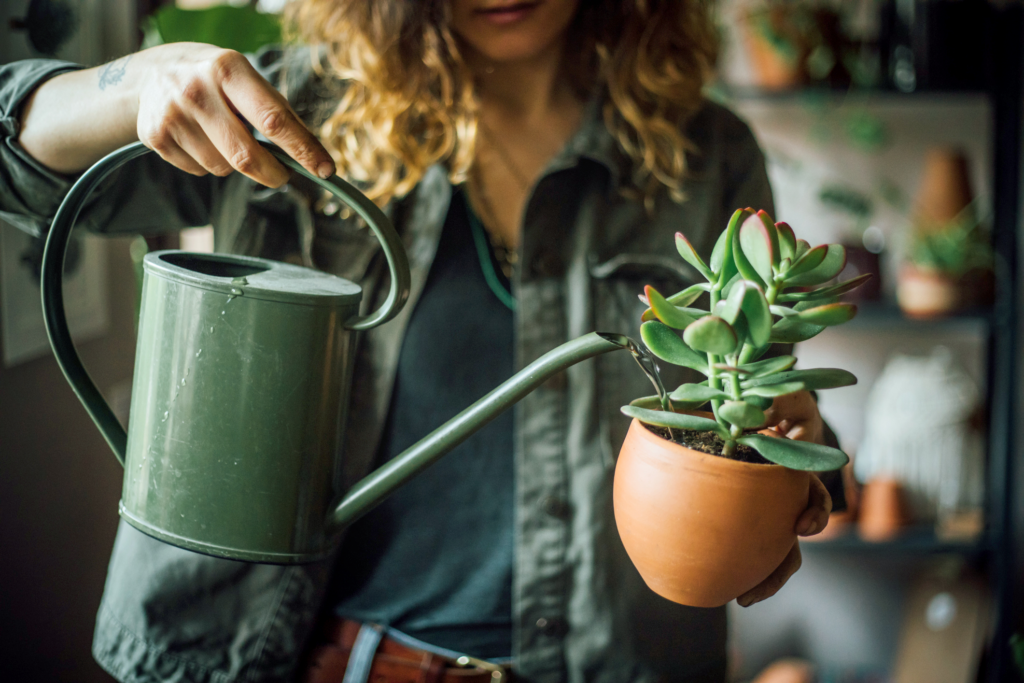
Transplanting and Soil-
Hatiora salicornioides grow well on a mixture of sand, loam, and peat. Commercial cactus potting soil can also be used. Hatiora has been successfully grown in ordinary potting soil with the addition of extra sand by several people. The soil must be well-drained. To prevent mold formation, it must have adequate drainage.
Grooming and Maintenance-
Because the plant only grows to around 20 inches tall, no grooming is required. It can be trimmed back in the spring if it becomes too huge. Cuttings can be retained for propagation as well.
Potting and repotting:
I will suggest you choose a pot or a container consisting of good drainage holes at the bottom of the pot that will help in releasing of access amount of water in the pot. planting the plant in a good drainage pot will help enhance the airflow and avoid the condition of root rot. To maintain healthy root condition The potting material should be succulent-friendly such as terracotta, clay, cement, or ceramic. The dancing bone cactus needs to be repotted every 2 years depending upon the growth rate and any root-bound conditions. The right time for repotting the plant is during the active growing season such as spring as there is a high chance for a quick rebound. during the selection of a new pot, you need to buy a pot that is 10% larger than the previous pot so that the route gets a good amount of space spread and grows.

Pruning:
There is no such regular requirement for pruning the plant but you need to maintain the plant so that it looks beautiful and grows quickly. To promote the new growth of the plant you need to remove the damaged or dead stems of the plant with the help of sharp scissors or pruning shears. If you observe that the plant has grown too crowded then you can also trim the stems so that they maintain a good shape and size. make sure not to remove a large number of stems at one time because it will affect the whole plant’s health and appearance. I will suggest you use clean and sterilized tools which will help in preventing the risk of any disease transmission
Propagation:
For propagating the plant you can easily use a stem cutting. Make sure to complete the propagation process during the growing season so that there is a high chance of success.
You need to choose a healthy and mature stem cutting and make a cut below the stem cutting. After cutting the stem you need to put it in a well-draining soil or a succulent potting mix. Make sure to place the pot in a place where it gets bright, indirect light and needs to maintain the soil moisture. You will observe the root growing from the stem cutting within a few months and will start growing effectively. When you see the new growing you can transplant the plant into a larger pot.
Common problems:
The following are some common problems that you can see while growing dancing bones cactus:
Overwatering or poor drainage:
There is a high chance of struggling with the issue of overwatering or poor drainage that will result in root rot conditions. Make sure that during the watering process, the soil is dry, and always use a well-draining potting mix.
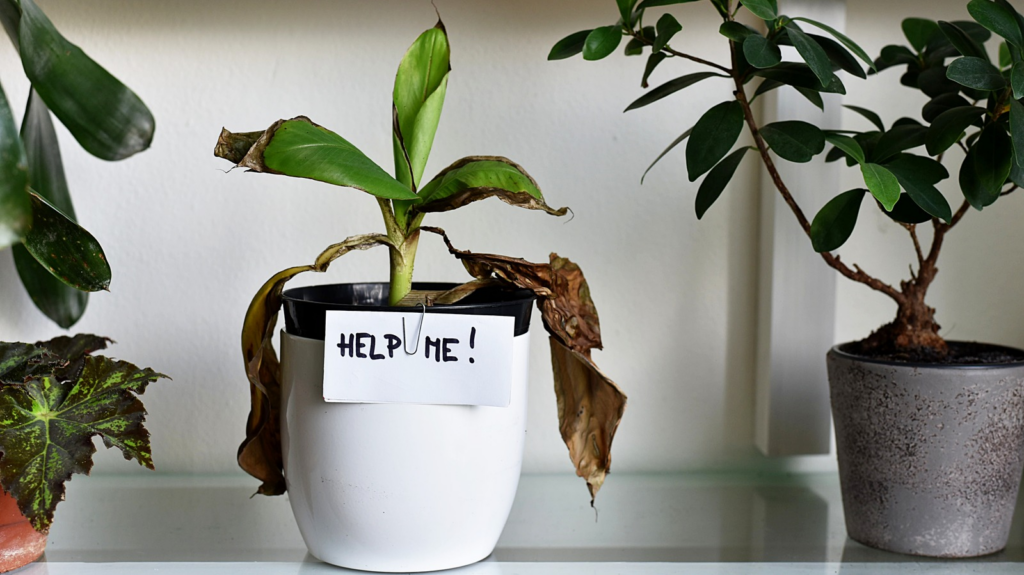
Underwatering:
The plants need a good amount of water than a desert cacti but you need to water only when the soil is dried but it shouldn’t lead to stress and wilting. You need to maintain the watering schedule.
Inadequate Light:
When the plant does not get bright, indirect light the plant will start becoming leggy and losing its shape of the plant so you need to place the plant in the right place so that it gets the right amount of light.
Pests:
the dancing bones cactus can be affected by common pests such as mealybugs or spider mites. So you need to keep regular checking and take action as soon as possible.
Improper Humidity:
If you provide the plant with extremely low humidity will cause the problem of dry leaf edges. You need to regularly mist the plant or you can also use a humidity tray in very dry conditions.
Fertilizer Excess:
In case the plant is treated with over-fertilization it will harm the plant. Make sure to apply a balanced diluted, cactus-specific fertilizer in the growing season.
Conclusion
In this article, you come to know about the dancing bones cactus and even how to grow them. It will be helpful for you all.
